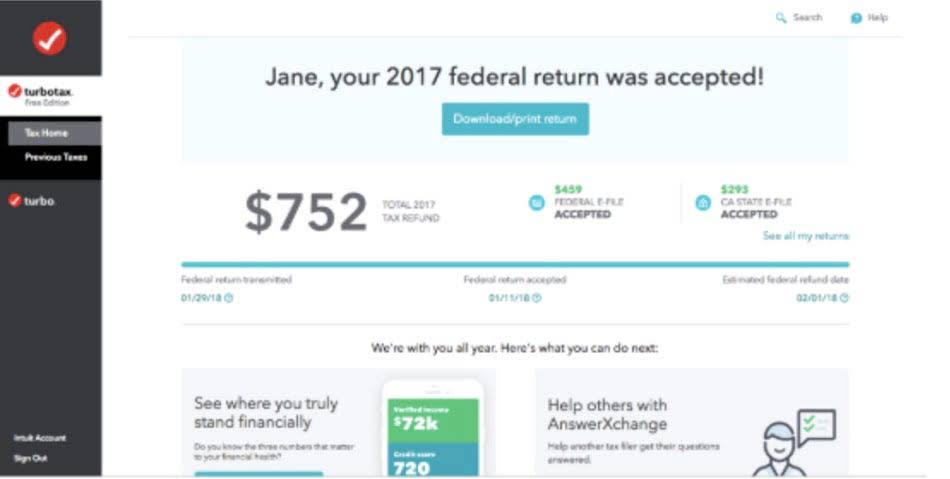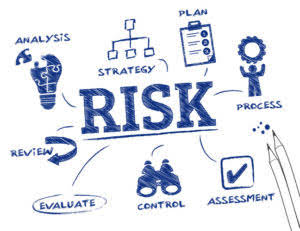
Your best strategy is to be upfront about your payment terms with new clients. State your preference for a shorter timeline and negotiate (if possible) for faster payouts. In other cases, you can legally avoid paying VAT, thanks to the “reverse charge mechanism”. Essentially, if you invoice a client, located outside of Estonia, with a valid VAT number, then the VAT is marked as 0% due to the reverse-charge mechanism. The next section of an invoice header is contact details — yours and your customer’s. Typically, the client’s details go first (in the left column) and the freelancer’s details go second (in the right column).
The Complete Guide To Pitching For Freelancers

These consequences should be laid out in the contract you and the client both signed before you began your work. When you notice a payment is late, check in with the client to see why they’re late to pay. Organize and track of your invoices so you don’t make this mistake. Maintain a professional tone throughout your correspondence with each client to ensure they see you as a legitimate business.
Proofread and Finalize the Invoice
Adjust the font and choose a theme color that reflects your branding. Remember, your invoice should be relatively simple and easy for the client to scan and understand. Our detailed guide on how to invoice as a freelancer will help you create professional invoices. Adding late fee charges puts accountability on clients and provides financial motivation to pay you on time.
Working as a freelancer: how to write an invoice
Freelancers often face problems such as not receiving the correct payment amount or not receiving it on time. Hence, they must know how to write an accurate https://www.bookstime.com/ invoice while freelancing. This ensures you have precise records of time worked to send accurate invoices rather than guessing billable hours.
- They won’t do the same work as an accountant, but they will make tax season much easier for you by having all your invoices and paperwork in order.
- The secret to successful invoicing lies in staying on top of things.
- If for some reason you incorrectly numbered your invoices, referring to the issue date can also help distinguish one invoice from another.
- Errors are a surefire way to create payment delays and headaches for both you and your client.
- Be sure to check and double-check your invoices before sending them to your clients.
- Invoices are also used for audits, financial tracking and analysis, and tax preparation.
- Please find attached invoice [invoice number] for [product/service] due on [invoice due date].
- Depending on the services you provide, your clients may be responsible for paying taxes.
- That’s why I like to ask for a deposit upfront before performing a freelance service.
- A past-due invoice alerts your client that the payment due date has passed and tells them whether they’re liable for late fees.
As a freelancer, you must consider choosing the right invoicing software for your billings. The tools you choose for your business will always have an impact on its efficiency. Moreover, it showcases your commitment to technical advancements.
Moreover, in cases of customer inquiries or disputes, the unique invoice number acts as a reference point, simplifying the resolution process. Make sure that all new clients understand your payment terms before you ship anything or do any work. You can also include these terms on estimates and pro forma invoices. To maintain the freedom and independence you love, you need to maintain a steady cash flow. In other words, keep the work coming in- and invoicing for it promptly.
The process of raising an invoice as a freelance designer is very similar to that of any freelancer. The scope of work and payment conditions are to be decided on beforehand. Though, in present-day transactions, emailing invoices seems how to invoice as a freelancer to be the more popular method. Sending invoices via mail also helps in cases where the client claims to have lost the paper invoice. Note that the invoice raised and signed can always be used as proof in case of payment delays.

Double-check this matches any supplemental invoices or statements attached with the same exact total balances indicated. These details guarantee that your invoice for freelance work is dispatched to the correct person without delay. Before you begin working with a new client, have a conversation about how you’ll accept payment. If you do not charge taxes, the total amount due will be the same as the subtotal. Then, add the total of each horizontal line item at the bottom of your invoice to reflect a subtotal of the amount due. If you do multiple tasks for a client, create a line item for each one.
For example, you can use the first digit to identify the client, the second one for the invoice number, and the last one for the current year. The first invoice for Jill is then #010123, the second invoice is #010223, the next invoice is #010323, and so on. The same goes for Joe – start with # because he’s the second client and change the middle digit for all subsequent invoices you send. Keep in mind that a quote is a formal sign-off on the work to be completed and the acceptance of the payment to come. An invoice, on the other hand, is an official request for payment, which is why you should use one if you want to get compensated for the work you’ve done. Once you’ve chosen your preferred template, you can then edit it.
- As a freelancer, building long-term relationships with good clients is essential.
- The above details are sufficient in most jurisdictions, but you should always double-check with a local authority if you’re in doubt.
- The body of the invoice is the section in which you detail the work you’ve performed and how much you’re billing for that work.
- Most freelancers send standard invoices — a one-off invoice for service(s) or product(s) delivered, such as described above.

Make it a habit to invoice promptly, follow up on unpaid invoices and keep accurate records of all transactions. This will help you maintain steady cash flow and build strong relationships with your clients. A sole trader invoice is a document you send to your clients to request payment, in exchange for the services or goods you provided them. The reason why you want to tie balances to first drafts and not final drafts is because sometimes a client will drag their feet.